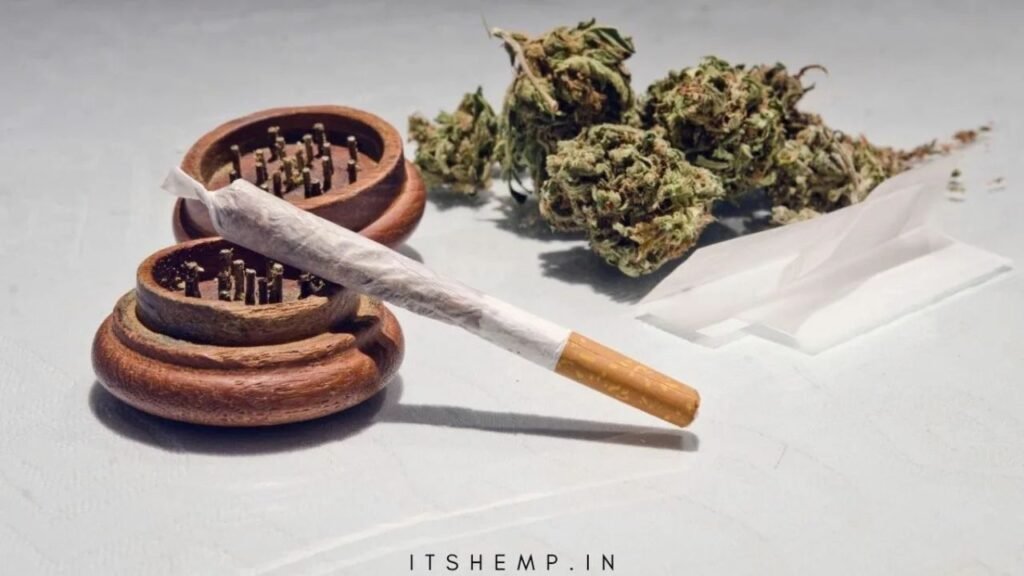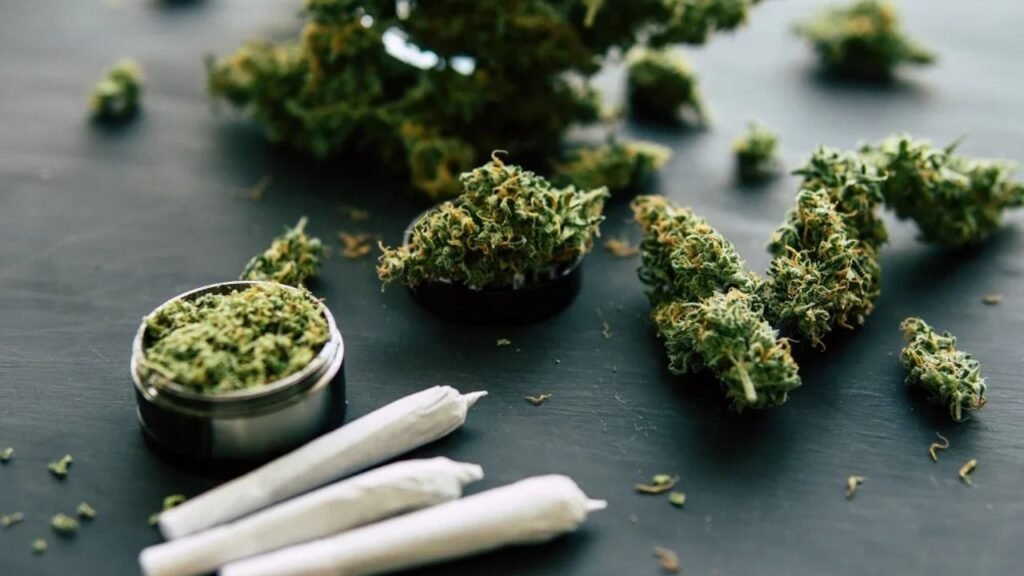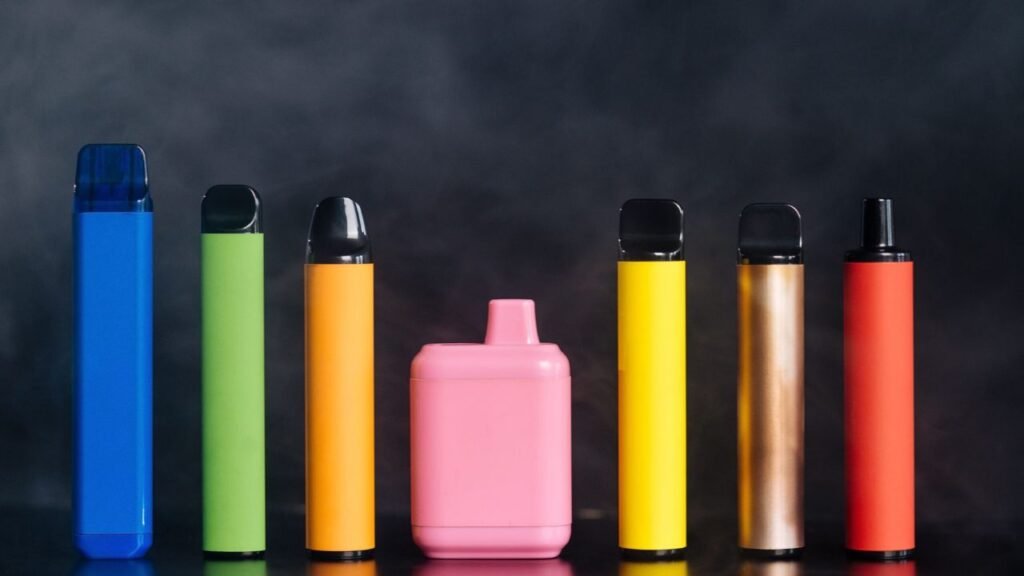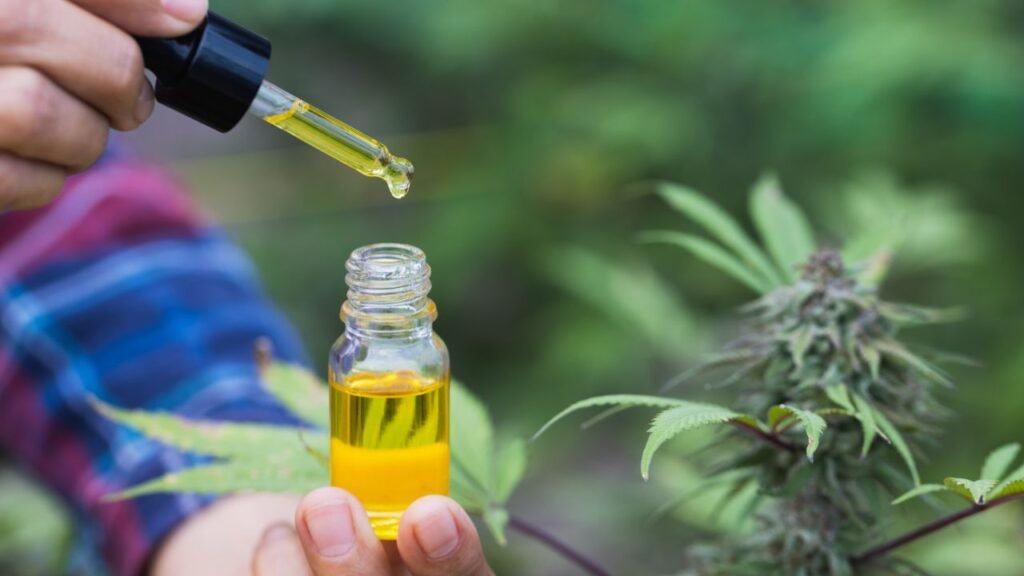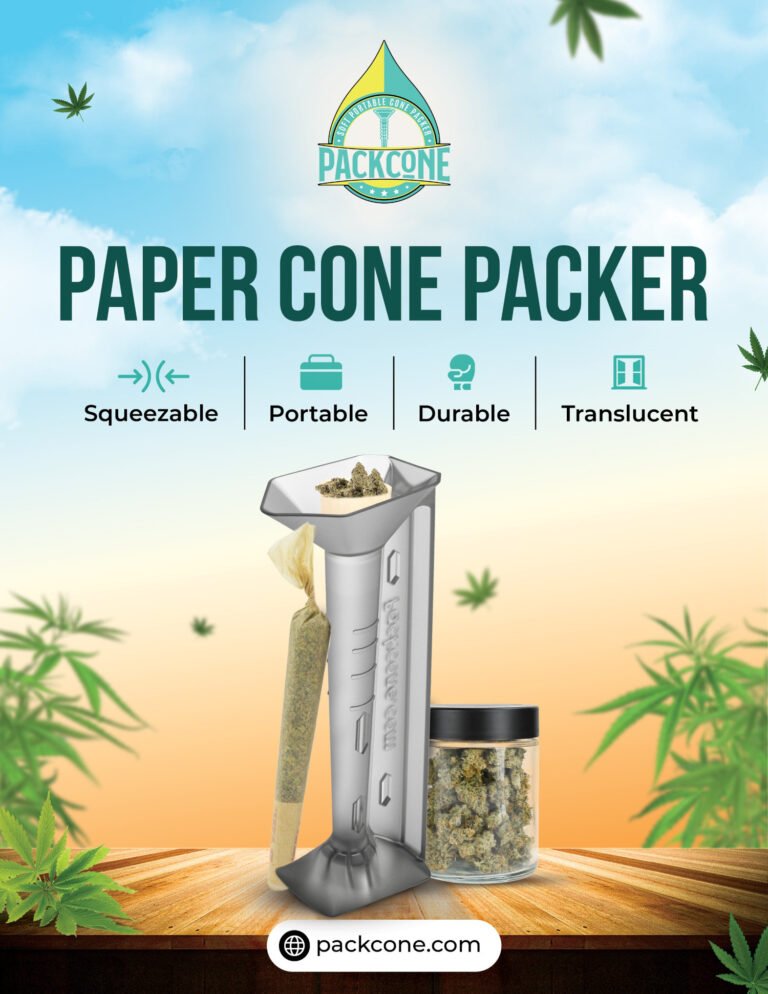Decarboxylation of Weed: A Step-by-Step Guide

Decarboxylation is the chemical process that activates cannabinoids in cannabis by applying heat, transforming them from their inactive acidic forms into active compounds like THC and CBD. In raw cannabis, cannabinoids exist primarily as THCA and CBDA, which do not produce psychoactive effects until decarboxylated. This step is essential for unlocking the full potency and therapeutic benefits of cannabis, especially when preparing edibles, tinctures, or oils. Understanding decarboxylation is crucial for anyone looking to consume cannabis effectively beyond smoking or vaping. Without it, many cannabis products may have reduced effects or fail to deliver the desired experience. decarboxylation weed.
This guide will explain what decarboxylation is, why it’s important, and how to properly decarboxylate cannabis at home. You’ll learn the ideal temperatures and times for the process, different methods to apply heat, and tips to preserve cannabinoids and terpenes for maximum potency and flavor.
Understanding Decarboxylation
A. The Science Behind Decarboxylation
1. Chemical Process of Decarboxylation
Decarboxylation is a natural chemical reaction that removes a carboxyl group (COOH) from cannabinoid acids found in raw cannabis, such as tetrahydrocannabinolic acid (THCA) and cannabidiolic acid (CBDA). When this group is removed through heat, these acidic cannabinoids transform into their active forms: THC and CBD. This process is essential because THCA and CBDA are non-psychoactive and do not produce the effects typically associated with cannabis consumption. The reaction releases carbon dioxide (CO₂) and converts the cannabinoids into their bioavailable, active forms that can interact with the body’s endocannabinoid system.
2. Role of Heat in Activating Cannabinoids
Heat is the primary catalyst for decarboxylation. Whether through smoking, vaping, or baking, applying sufficient heat causes the carboxyl group to break away. The temperature and duration are key factors—too low, and decarboxylation is incomplete; too high or too long, and cannabinoids can degrade or evaporate, reducing potency. Typically, decarboxylation occurs effectively between 220°F and 250°F (104°C to 121°C) over 30 to 45 minutes. This controlled heating ensures maximum activation without damaging the delicate cannabinoids and terpenes responsible for flavor and effects. Decarboxylation of weed.
B. Benefits of Decarboxylated Weed
1. Enhanced Potency and Effects
Decarboxylated cannabis is significantly more potent because the active cannabinoids THC and CBD are available to bind with cannabinoid receptors in the body. This activation is especially important for edibles, tinctures, oils, and capsules, where cannabis is ingested rather than inhaled. Without decarboxylation, these products will have weak or negligible effects since the cannabinoids remain in their inactive acidic forms. Proper decarboxylation ensures consumers experience the full therapeutic and psychoactive benefits of cannabis.
2. Improved Flavor and Aroma
Decarboxylation also positively impacts the flavor and aroma of cannabis. Heating releases terpenes—the aromatic oils responsible for cannabis’s distinct smell and taste. Some terpenes can be sensitive to heat, so careful control of temperature during decarboxylation helps preserve these compounds. The result is a more flavorful and aromatic product, enhancing the overall consumption experience, whether in edibles, oils, or vaporized forms.
Understanding the science and benefits of decarboxylation helps cannabis users optimize their products’ potency, flavor, and effects, making it a critical step in cannabis preparation. decarboxylation weed.
How to Decarb Weed
A. Preparing Your Materials
1. Choosing the Right Strain
The first step in decarboxylating cannabis is selecting a strain that suits your intended use and desired effects. Whether you prefer an indica, sativa, or hybrid, the decarboxylation process is generally the same. However, strains with higher THC levels will produce more psychoactive effects, while those rich in CBD offer more therapeutic benefits without intoxication. Choose well-cured, dry cannabis to ensure even heating and effective decarboxylation. Fresh or overly moist cannabis may not decarb properly and could produce a less potent final product.
2. Equipment Needed
To decarb cannabis at home, you need just a few basic tools:
- An oven capable of maintaining low and consistent temperatures
- A baking sheet or oven-safe dish
- Parchment paper or aluminum foil to line the baking sheet
- A grinder or scissors to break down the cannabis
- An airtight container or jar for storage after decarboxylation
Using these simple materials ensures the process is straightforward and accessible for beginners and seasoned users alike.
B. Step-by-Step Decarboxylation Process
1. Preheating the Oven
Start by preheating your oven to between 220°F and 250°F (104°C to 121°C). This temperature range is optimal for activating cannabinoids without degrading them. Avoid higher temperatures as they can burn or vaporize valuable compounds.
2. Grinding the Weed
Next, gently grind your cannabis into small, even pieces. A coarse grind is preferred over a fine powder to ensure even heating and prevent burning. Avoid over-grinding as it can lead to uneven decarboxylation or loss of cannabinoids.
3. Spreading on a Baking Sheet
Line your baking sheet with parchment paper or foil to prevent sticking and make cleanup easier. Spread the ground cannabis evenly in a thin layer—no thicker than half an inch. This ensures heat penetrates all the material evenly during baking.
4. Timing and Temperature Guidelines
Place the baking sheet in the preheated oven. Bake the cannabis for 30 to 45 minutes, stirring or gently shaking the material every 10 to 15 minutes to expose all surfaces evenly to heat. Monitor closely to avoid browning or burning. The cannabis will change in color from bright green to a light to medium brown, signaling that decarboxylation is progressing.
C. Monitoring the Process
1. Signs of Proper Decarboxylation
Properly decarboxylated cannabis will appear dry and slightly browned but not burnt. It should have a toasted aroma, different from the raw plant’s fresh scent. The texture will be crumbly rather than sticky, indicating the cannabinoids have been activated and the moisture reduced. When crushed, it should feel dry but still aromatic, with a rich cannabis scent.
2. Avoiding Over-Decarboxylation
Overheating or baking for too long can degrade THC into CBN (cannabinol), which has weaker psychoactive effects and a more sedative quality. Over-decarboxylated cannabis may also lose much of its terpene profile, resulting in a less flavorful product. To avoid this, stick to the recommended temperature and time ranges, and check the material regularly during baking. Using an oven thermometer can help maintain precise temperature control.
After decarboxylation, allow the cannabis to cool before storing it in an airtight container, away from light and heat, to preserve its potency and freshness. This decarbed cannabis can then be used for making edibles, tinctures, oils, or added to recipes for a more effective cannabis experience.
By following these steps carefully, you can efficiently activate your cannabis and unlock its full potential for consumption.

Decarboxylated Weed Characteristics
A. Appearance of Decarbed Weed
1. Color Changes and Texture
When cannabis undergoes decarboxylation, noticeable changes occur in its color and texture. Fresh, raw cannabis typically appears bright green with visible resinous trichomes. After decarboxylation, the color shifts to a golden, light brown, or amber hue due to the heat causing chemical reactions within the plant material. The vibrant green fades as moisture evaporates and cannabinoids transform into their active forms. Texture-wise, decarbed weed becomes drier and crumblier, losing much of its stickiness and moisture content. It should still retain some pliability, but will feel toasted and less fresh compared to the original plant. These changes indicate that the cannabinoids have been activated and the cannabis is ready for use in edibles, oils, or tinctures.
2. Comparison with Non-Decarboxylated Weed
Non-decarboxylated cannabis remains brighter green and often sticky due to its natural moisture and unactivated cannabinoids like THCA and CBDA. It lacks the toasted aroma and dry, crumbly texture of decarbed weed. Because it hasn’t been heated, non-decarboxylated weed will not produce psychoactive effects if consumed orally. It is typically used for smoking or vaping, where the heat during combustion activates cannabinoids instantly. In contrast, decarbed cannabis is ideal for ingestion methods that don’t involve direct heat.
B. Weed Decarboxylate Chart
1. Visual Guide for Different Strains and Their Decarb Times
Different cannabis strains can vary slightly in their decarboxylation times due to variations in moisture content, density, and cannabinoid profiles. A decarb chart typically suggests baking cannabis at 220°F (104°C) for 30-45 minutes as a standard guideline. However, denser strains or those with higher moisture might require a slightly longer time to fully activate cannabinoids. Conversely, very dry or finely ground cannabis may decarb faster. Some strains rich in CBD might need marginally different times or temperatures to optimize activation. Using a visual guide or chart can help you adjust the process for specific strains, ensuring maximum potency without overcooking.
2. Factors Affecting Decarboxylation (Moisture Content, Strain Type)
Moisture content is one of the main factors influencing decarboxylation. Fresh or improperly cured cannabis with higher moisture takes longer to decarb because heat first evaporates water before activating cannabinoids. Overly dry cannabis decarbs faster but can degrade more easily if overheated. Strain type also matters: indica, sativa, and hybrids can vary in density and resin content, affecting heat absorption. Additionally, cannabinoid concentrations and terpene profiles differ, meaning some strains may require fine-tuning temperature and time to preserve flavor and maximize effects. Careful attention to these variables ensures a successful decarboxylation process tailored to your specific cannabis material. decarboxylation weed.
Understanding these characteristics and factors helps optimize decarboxylation, ensuring potent, flavorful cannabis ready for your preferred consumption method.
What Is the Fastest Decarboxylation Method?
The fastest method for decarboxylating cannabis typically involves using a decarboxylation machine or a specialized device designed to apply precise heat efficiently and evenly. These devices, such as the Ardent Nova or the Magical Butter Machine, automate the process by heating cannabis to the optimal temperature range (around 220°F to 250°F) while controlling the time precisely, usually completing decarboxylation in about 30 to 40 minutes. This method is not only fast but also reduces the risk of overheating or uneven decarboxylation.
For those without specialized equipment, the quickest manual method involves using an oven with carefully controlled temperature and preparation. By grinding cannabis finely and spreading it thinly on a baking sheet, the heat penetrates the material quickly, allowing decarboxylation to occur in as little as 20 to 30 minutes at around 250°F (121°C). Using a convection oven can speed this up further by circulating hot air evenly, helping avoid hot spots and speeding moisture evaporation. Another fast technique is using a sous vide method, where cannabis is sealed in a vacuum bag and cooked in temperature-controlled water at around 203°F (95°C) for about 90 minutes. While this takes longer than an oven, it preserves terpenes and cannabinoids better by avoiding direct heat and oxidation, and decarboxylation of weed.
It’s important to note that speeding up decarboxylation too much by increasing temperature drastically (above 300°F) is not recommended, as it risks degrading THC into less potent cannabinoids like CBN and losing valuable terpenes, which impacts potency and flavor. In summary, the fastest reliable decarboxylation methods involve precise temperature control with either specialized machines or careful oven use. These ensure the process is efficient without sacrificing the quality of the final product.
FAQs:
How to decarb weed?
Decarboxylation involves heating cannabis at low temperatures (220°F–250°F) for 30–45 minutes to activate THC and CBD, making it potent for edibles and tinctures. Using an oven or decarb machine ensures even heating and proper activation.
Decarboxylated weed?
It’s cannabis that has been heated to convert inactive cannabinoids like THCA into active THC. This process enhances potency and makes the weed suitable for ingestion or infusion in oils, improving both effects and bioavailability.
Decarb weed?
Grind cannabis lightly, spread it on a lined baking sheet, and bake in a preheated oven at around 240°F for 30-40 minutes. Stir occasionally to ensure even heat exposure and prevent burning of, decarboxylation weed.
Decarboxylation of cannabis?
It’s the chemical reaction that removes a carboxyl group from cannabinoid acids through heat, activating cannabinoids like THC and CBD, essential for effective oral cannabis consumption.
How to decarb cannabis?
Preheat your oven, grind the cannabis, spread it thinly on parchment paper, then bake at 220-250°F for 30-45 minutes. This activates cannabinoids and preserves flavor for stronger effects.
Weed decarboxylate chart?
It’s a visual guide showing ideal times and temperatures for decarbing different cannabis strains, considering factors like moisture and density to help optimize potency and preserve terpenes.

Conclusion
Decarboxylation is a vital step in unlocking the full potential of cannabis. By applying controlled heat, this process transforms inactive cannabinoids like THCA and CBDA into their active, bioavailable forms—THC and CBD—ensuring maximum potency and effectiveness, especially for edibles, tinctures, and oils. Without proper decarboxylation, many cannabis products may deliver weak or negligible effects, decarboxylation weed.
Experimenting with decarbed weed allows users to tailor their cannabis experience, exploring different strains, temperatures, and times to optimize flavor, aroma, and potency. Understanding how to decarb cannabis properly empowers users to create customized products that suit their preferences and needs, decarboxylation of weed.
Ultimately, mastering decarboxylation enhances your cannabis journey by improving the quality and consistency of your homemade preparations. Whether you’re a beginner or seasoned enthusiast, investing time in this essential process leads to safer, more enjoyable, and more effective cannabis consumption.
Read More>>>>>>> Decarboxylation of Weed: A Step-by-Step Guide

